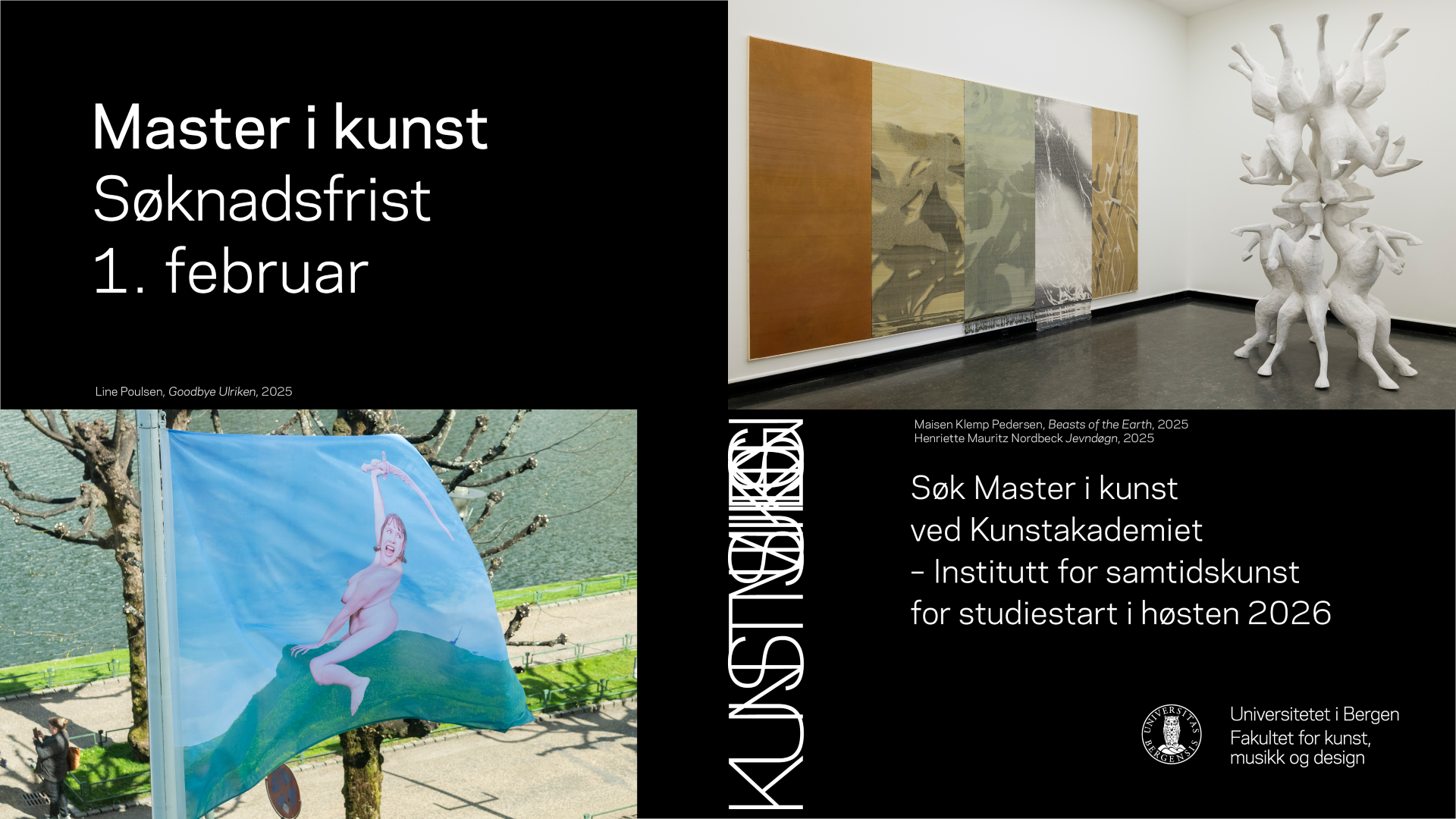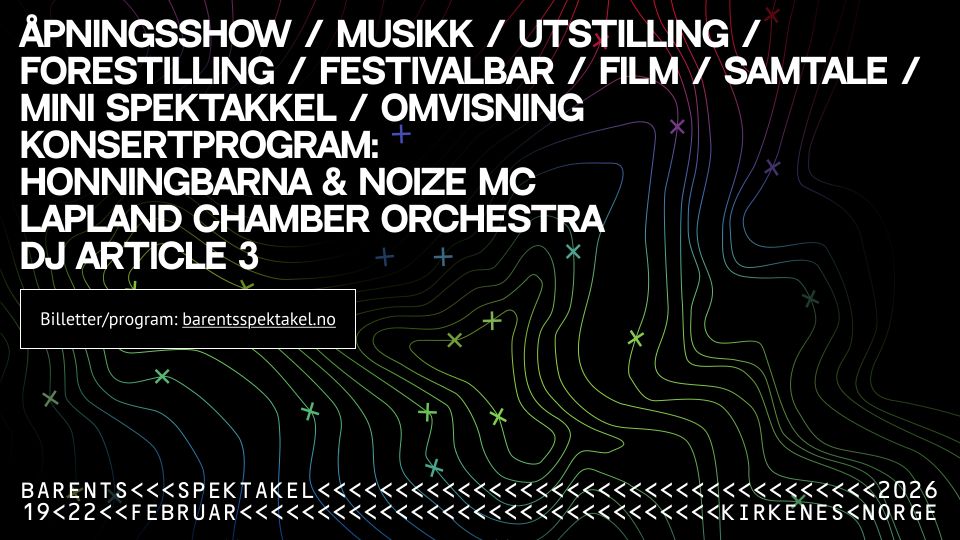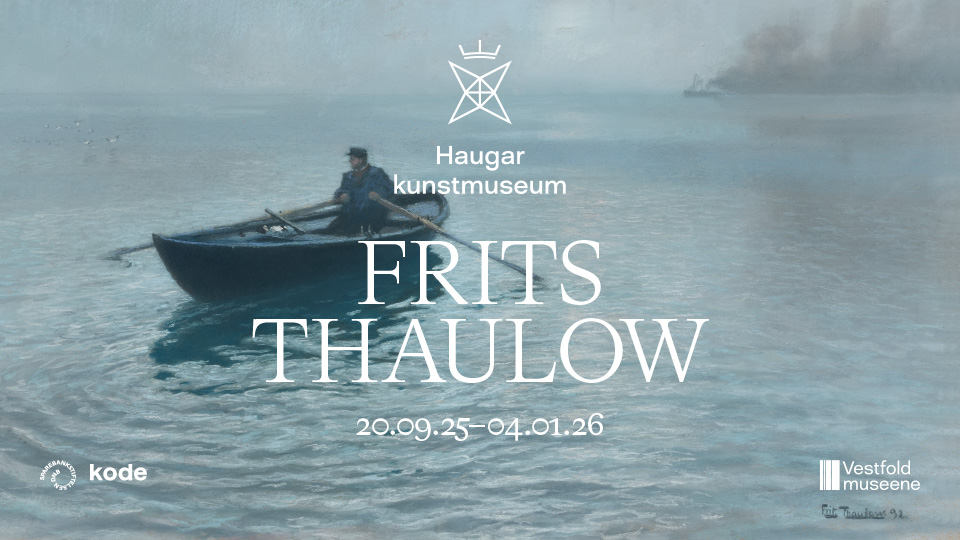
Alexander Provan, skribent og redaktør for nettidsskriftet og forlaget Triple Canopy, gjestet nylig Oslo i forbindelse med Norsk sakprosafestival. I en paneldiskusjon på Litteraturhuset lørdag 29. oktober, med forfatter og skribent Ola Innset og kunstnerisk leder for Kunsthall Oslo, Will Bradley, drøftet Provan blant annet hvordan våre sosiale relasjoner og handlingsmønstre formes av den digitale teknologien. I diskusjonen ble det fremstilt som presserende å nærme seg problematiske sider ved denne teknologiske utviklingen. Et sentralt spørsmål for Provan er hvordan digitale filformater determinerer våre erfaringsmuligheter. I forkant av diskusjonen presenterte han lydverket Reality Formatting (2015-2016). Verket utforsker problemene digitaliseringen gir opphav til, men også dens positive sider, som økte muligheter for å distribuere og få tilgang på ulikartet innhold.
I Reality Formatting følger vi en såkalt ekspertlytter mens han vurderer lydmateriale som har gjennomgått ulike former for komprimering. Arbeidet dokumenterer altså prosessen som lyden gjennomgår når den digitaliseres, og synliggjør slik hvordan digital standardisering, som pretenderer å være verdinøytralt, fristilt fra politikk og ideologi, i virkeligheten har en betydelig sosial komponent. Hvem er det som bestemmer hvordan lydene vi presenteres for skal høres ut? Provan identifiserer ideallytteren som har vært sentral i utformingen av utbredte lydformater: Den audiofile, middelaldrende vestlige mannen. På hvilken måte innvirker hans kulturelle bakgrunn og preferanser på spekteret av sanseerfaringer vi tilbys?
Kunstkritikk møtte Provan til en samtale om standardisering av lyd og dens tekniske, historiske og sosiale betingelser, i etterkant av arrangementet. Intervjuet ble gjort på engelsk.

How did the standards project come into being?
I had been thinking about the standards that underlie the Internet and contemporary technologies for quite a while. A few years ago, an academic friend introduced me to a sociology book which treats standardization as a coherent tendency with its own history. This history goes back, for instance, to the development of the metric system, to the engineers and scientists around the world who advocated for uniformity in measurement beginning in the 18th century.
It is possible to chart a trajectory from the emergence of the scientific worldview to the rise of bureaucratization to the development of all-encompassing non-governmental regulatory agencies (primarily the International Organization for Standardization) to the advent of the Internet and the technical bodies that are necessary for it—and all sorts of disparate but interconnected technologies—to function. All current media formats have come out of these histories.
Focusing on sound, what led to the compression formats we have today?
This begins in the early 20th century with the telephone industry, especially with Bell Labs. By analyzing peoples’ hearing, Bell determined what kind of information was necessary in order for people to actually understand what someone was saying. Bell’s scientists extracted all unnecessary frequencies, so that they were transmitting the absolute minimum of information. This meant that they could pack more signals onto telephone lines, which is the birth of compression. Compression begins with an analysis of the human senses, which is then incorporated into the technology. You can’t really separate biology from the MP3.
You have devoted an issue of Triple Canopy, as well as a sound piece, to this topic. When you began your research, how did you decide what sort of formatting to focus on and what you wanted to explore?
I was concerned with how we might understand and represent these obscure phenomena that condition our lives. Unless you are trained to understand TCP/IP and the protocols that constitute the Internet, it is almost impossible to think about them with any kind of specificity. It’s one thing to present this information, and quite another to show how the phenomena actually shape our lives on a day-to-day basis. I wanted to research the subject and uncover the technical procedures in order to invest them with narrative, both in the contributions to this issue of Triple Canopy and my sound work, Reality Formatting.

Narrative could be considered a form of expression more suited to the age of the novel or the cinema. What made you employ narrative to explore standardization?
Narratives make things easier to understand! And I’m interested in what narratives can and can’t do in relation to contemporary experience. Complex technologies resist narrative, and this acts as an obstacle for our understanding of them, what they do, how they change us and shape social relations.
With Reality Formatting, I felt that I needed to present a narrative that hinges on a subject who experiences these standards, and who is aware of the ways in which they’re conditioning not just his perception of media but his memories. You could tell someone that in twenty years they might associate MP3 files with certain periods of their life, but that’s not going to be compelling unless you can convincingly represent that experience.
My impression is that standardization functions as technological processes, that then affect the culture. Your work Reality Formatting is set up as a listening test where an expert listener evaluates different sounds and determines which ones are degraded and which are not. The narrative clearly formats the person as well, presenting an instantly recognizable type: The middle-aged hi-fi-fetishizing listener.
We’re all formatted in certain ways. As part of the research for this work I read technical documents published by standards agencies that facilitate these “subjective assessments” of audio reproduction systems, and I watched videos of people on Youtube testing their expensive hi-fi systems. I don’t understand why the audiophiles are posting these videos, since you can’t experience the system when the sound is compressed into a Youtube clip. What you get is a primarily visual experience. You see this guy – it’s always a man – walking up to his stereo, putting on a CD or a record, pressing play. And then it’s just the record playing for three minutes. It’s almost always classic rock, prog rock, or contemporary soul music. The music is terrible.
In your piece a series of audio clips are repeated, subjected to different types and intensities of compression. The differences in the repetitions generate attentiveness towards the degradation. This is of course a vital part of the expert listener’s task in order to identify what constitutes lossless compression. Another thing that happens while listening to your piece, is that you as a listener become aware of the different properties of various compressions.
In my work what you often hear is a memory imprinted in a particular sound format. Our memories are not independent of the media that preserve them. These include vinyl records, CDs, 35 mm photographs, JPEGs, MP3s, and so on. A vinyl record, like an MP3 or any other compressed version of a recording, is degraded. Any recorded media is degraded, compared to lived experience. I am not denouncing our memories and experiences as artificial for being tied up with these media, but it’s important to know the degree to which these media have their own characteristics—which are not exclusive to the media, but are also properties of our own bodies and minds. What I’ve tried to do is to create a composition that exhibits the qualities of these media and suggests how various kinds of degradation are essential to the ways in which we experience the world—and not necessarily lamentable.
To quote computer scientist Alan Kay: “Technology is anything that was invented after you were born.” In relation to standardization, would you say a similar process is in place? If you were born after the MP3 do you even notice it or is it simply the standard format?
On a certain level this is more about people having an affinity with what they’re used to, with the version of reality that they understand to be their own—which is formed in youth. In 1956, a researcher conducted a study of Ohio State students to see how they’d respond to new hi-fi technologies. They were invited to listen to advanced hi-fi systems, which provided superior representations of sound compared to the cheap record players they normally used. The students almost uniformly rejected that experience. They had decided what they wanted sound to sound like. They rejected the imposition of a new experience of their favourite records that might overwrite their memories. They were presented with something that was conspicuous as technology, and they said, “No, we don’t want technology. What we have is not technology, and we’ll stick with that.”
The expert listener in my work is struggling to have a completely objective experience of the sounds being played, but he can’t divorce them from his memories. He recalls hearing, on a jukebox or radio, degraded versions of songs, which become all the more meaningful as he strives to suppress the memory. The point is to suggest how quantification may be incorporated into our experiences and memories, without necessarily degrading them. The experience of media can be extremely meaningful while also being about the deprivation of meaning.
I am reminded of a classic piece of sound art, I am Sitting in a Room by Alvin Lucier. There is a remediated version of it, produced by a Youtube user. He has recorded a recitation, uploaded, downloaded and reuploaded this again and again to Youtube. The process reveals the properties of Youtube’s formatting and compressions, turning the visuals into blurry, impressionistic large pink and blue pixels, and the sound into angular water splashes. It comprises a technological portrait of the listener, but also of the digital rooms that we inhabit, how these file formats with different forms of standardization all come with their own signatures. What characterizes the formatting of the digital rooms we inhabit?
The technological answer would be very precise. The more pedestrian answer is that they sound like memory, or mediation. Which is also to say that they sound like how we listen along with all other listeners. MPEGs and MP3s are not made for individuals sitting by themselves in their rooms, but to be distributed quickly and easily and with minimal degradation. What these file formats sound like is all of the world listening at once, or rather like the fiction of the universal subject. There’s a massive listening machine that seems to include everyone in the world, but in fact excludes just as many people because certain kinds of sounds cannot be heard, certain kinds of experience cannot be had. The decisions about what sound should sound like and what film should look like have been determined by technical bodies populated almost exclusively by European and American engineers and audiophiles. This means that we don’t really have a way of assessing how sound, video or images might otherwise be experienced.
There’s this part of your piece where the audiophile listener seems almost to acknowledge his own inadequacies in terms of meeting other cultures. Listening to Haitian singers he remarks that he does not know how they are supposed to sound, and listening to a Chinese two-string violin, the Erhu, he notes that there are certain frequencies he would prefer to lose. What is the consequence of middle-aged, Western men being the ideal listener?
The history of recorded sound excludes so much information. Whenever you listen to an archival audio recording or watch an archival video, you have to speculate on what the scene actually looked or sounded like. The MP3 is a sophisticated tool for determining what people are and are not likely to hear, or fail to hear. The sounds that were used to devise the format are from the Western classical and pop repertoires, which means that other types of sensory experience are banished from the realm of recordings.
Despite the fact that the technical bodies that have shaped these standards tend to represent themselves as apolitical, there are politics involved. In fact, the promulgation and enforcement of these standards—for media and technology but also for manufacturing and trade—represent a predominant form of governance, which Foucault called “government at a distance,” and which may now supersede the power of nation-states. The International Organization for Standardization is emblematic: It establishes guidelines for all kinds of economic processes, and also for graphical symbols, road signs, file formats, satellite communications, environmental responsibility, etc. The idea, which is rather utopian, is to take the regulation of all aspects of human activity and communication outside of the realm of politics, so as to ensure that the purpose remains the easing of barriers to communication and economic exchange. And once everyone else has signed on to these protocols and processes, which do the work of governance, you’ve got to comply as well.


















